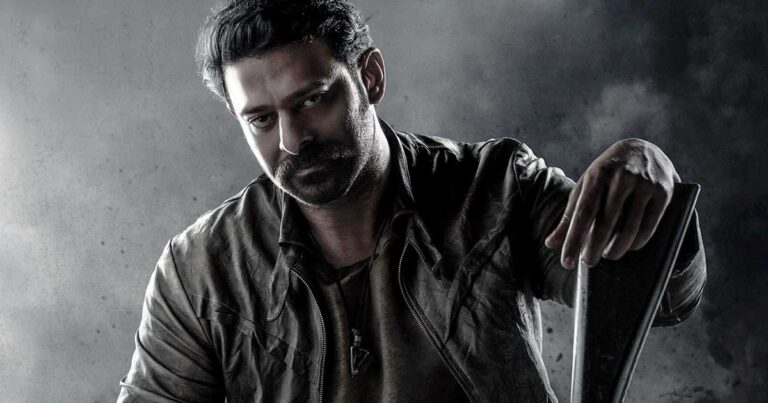
The Greatest of All Time

Summary
From the outset, The Greatest of All Time promises a high-voltage entertainer with Vijay at the helm, catering to his vast fan base with heroic visuals, stylish action sequences and mass-appeal moments. Vijay’s sheer screen presence remains the film’s biggest asset: the dual-role gimmick, the larger-than-life characterisation, the iconic one-liners — these elements work admirably for viewers seeking that “mass hero” experience.
Movie review
I walked into the theatre with high expectations for The Greatest of All Time. After having seen Vijay in other blockbusters and knowing the kind of mass entertainer he tends to deliver, I was excited for what I hoped would be his next large-scale hit. The first impression: the film opens with a bang—visually strong, the dual-role reveal of Vijay gets the crowd roaring. The poster had promised “Light can devour the darkness but darkness cannot consume the light” and the film tries to live up to that promise in parts. The Indian Express+1
Vijay’s presence is exactly what carries the film through its heft. Whether he’s playing the older rugged SATS agent or the younger version of himself, there’s magnetism. The hero sequences, the high-energy entrances, the one-liner dialogues — if you’re a Vijay admirer, these scenes will thrill. The film uses every trick in the “mass hero entertainer” book: hero rescue sequences, large-scale action set-pieces, aerial stunts, motorcycles, fighter-jets, and a cast of supporting characters who occasionally shine. One of the biggest positives is: when the film shifts into its action-mode, it rarely lets up. It gives you what you came for in terms of moments of adrenaline and spectacle.
That said, to balance the praise: the film also spends too long on some set-pieces that feel repetitive, and the narrative logic is at times fuzzy. The time-travel and past-meets-present plot device is interesting in theory — how past actions of agents return to haunt them, how Vijay and his squad confront existential threats — but the execution lacks the tautness you would hope for in a thriller of this scale. Especially in the second half, the film feels uneven: certain twists are predictable, the stakes could have been higher, and occasionally the film seems more focused on embellishments than on grounded character motivation.
One memorable sequence is where the younger version of Vijay and the older version have a face-off (or team up — without giving spoilers). That set-up shows potential: two versions of the same actor, playing off each other in uniform, fighting together or against each other. The design and visuals here are intriguing. But this moment is under-cut by pacing issues later on — the film takes its time to move from setup to climax, and by then fatigue starts to seep in for viewers who expect a tighter ride.


